Transient Savonius Turbine CFD Simulation – Experimental Paper Validation
Transient Savonius Turbine CFD Simulation – Experimental Paper Validation
- Upon ordering this product, you will be provided with a geometry file, a mesh file, and an in-depth Training Video that offers a step-by-step training on the simulation process.
- For any more inquiries regarding the product, please do not hesitate to reach out to us at info@CFDLAND.com or through our online support assistant.
€190.00 Original price was: €190.00.€175.00Current price is: €175.00.
Savonius wind turbines are super cool vertical-axis wind turbines that work great even in low wind! They have a simple design with curved blades that catch the wind and spin around a vertical shaft. In this tutorial, we’re doing a detailed VALIDATION study where we compare our CFD simulation results with real EXPERIMENTAL data to make sure our computer models are accurate. This is really important because Savonius turbines have complex flow patterns that change constantly as the rotor blades spin. We used some advanced turbulence models and a special sliding mesh technique to capture all the swirling air movements around the blades. Also, we carefully tracked important performance numbers like power coefficient, torque coefficient, and how these change at different tip speed ratios. The cool thing about these turbines is their self-starting ability – they can begin spinning without any push! Furthermore, understanding how the blade shape, overlap ratio, and aspect ratio affect performance helps us design better turbines for renewable energy applications. Additionally, we looked at how the turbine creates vortex structures in its wake, which is super important when placing multiple turbines together. By comparing our simulation with real test data, we can be confident that our CFD approach is reliable for designing better Savonius rotors that can generate more power from the wind! Our reference paper is entitled:
- Reference [1]: Roy, Sukanta, and Ujjwal K. Saha. “Wind tunnel experiments of a newly developed two-bladed Savonius-style wind turbine.” Applied Energy137 (2015): 117-125.
Figure 1: Dimensions of the conventional semi-circular Savonius-style wind turbine
Simulation Process
For our Savonius turbine simulation, we started by creating the geometry in ANSYS Design Modeler based exactly on the dimensions from the experimental paper. Next, we divided our flow domain into separate zones – a rotating zone with the turbine and a stationary zone for the surrounding air. This setup is perfect for using the sliding mesh technique, which lets the turbine part actually rotate during the simulation! For meshing, we used a hybrid grid approach that was mostly structured mesh to get accurate results without needing too much computer power. We set up our simulation as transient because Savonius turbines have constantly changing flow patterns as they rotate. Also, we used the specific Tip Speed Ratio (TSR) of 0.7 from the paper, which is the ratio between the blade tip speed and the incoming wind speed.
Figure 2: Hybrid grid for Savinous validation CFD simulation
Post-processing
The numerical results from our CFD simulation showed excellent agreement with the experimental data, validating our computational approach. As detailed in Figure 4, the experimental study reported a peak torque coefficient of 0.33, while our simulation predicted 0.312—a remarkable difference of only 5.45%. This close correlation confirms the accuracy of our sliding mesh technique and turbulence modeling approach for vertical axis wind turbines. Additionally, the power coefficient values across various tip speed ratios followed the same trend as the published experimental data, with maximum efficiency occurring at TSR=0.7. The performance metrics comparison is summarized below:
| Parameter | Experimental Value | CFD Simulation | Difference (%) |
| Torque Coefficient | 0.33 | 0.312 | 5.45% |
The velocity contours presented in the image reveal critical aerodynamic phenomena around the Savonius rotor. The highest velocities (12.57 m/s, shown in red) appear at the blade tips where the flow accelerates around the curved surfaces, significantly contributing to the torque generation. Conversely, the extensive low-velocity region (dark blue, 0.02-2.11 m/s) behind the advancing blade indicates a substantial pressure differential that drives rotation. Particularly noteworthy is the vortex shedding visible in the wake structure, characterized by the spiral-shaped velocity gradients extending downstream from the turbine. This flow separation pattern explains why Savonius turbines achieve lower efficiency compared to horizontal axis designs but maintain superior performance at low wind speeds. The asymmetric flow distribution around the two blades further illustrates the constantly changing aerodynamic forces during rotation, highlighting why transient analysis is essential for accurately predicting renewable energy generation from these devices.
Figure 3: Flow pattern behind the Savonius wind turbine
We pride ourselves on presenting unique products at CFDLAND. We stand out for our scientific rigor and validity. Our products are not based on guesswork or theoretical assumptions like many others. Instead, most of our products are validated using experimental or numerical data from valued scientific journals. Even if direct validation isn’t possible, we build our models and assumptions on the latest research, typically using reference articles to approximate reality.
Yes, we’ll be here . If you have trouble loading files, having technical problems, or have any questions about how to use our products, our technical support team is here to help.
You can load geometry and mesh files, as well as case and data files, using any version of ANSYS Fluent.
€195.00 Original price was: €195.00.€155.00Current price is: €155.00.

€215.00 Original price was: €215.00.€165.00Current price is: €165.00.

€195.00 Original price was: €195.00.€165.00Current price is: €165.00.

€130.00 Original price was: €130.00.€85.00Current price is: €85.00.

€170.00 Original price was: €170.00.€115.00Current price is: €115.00.

€160.00 Original price was: €160.00.€135.00Current price is: €135.00.


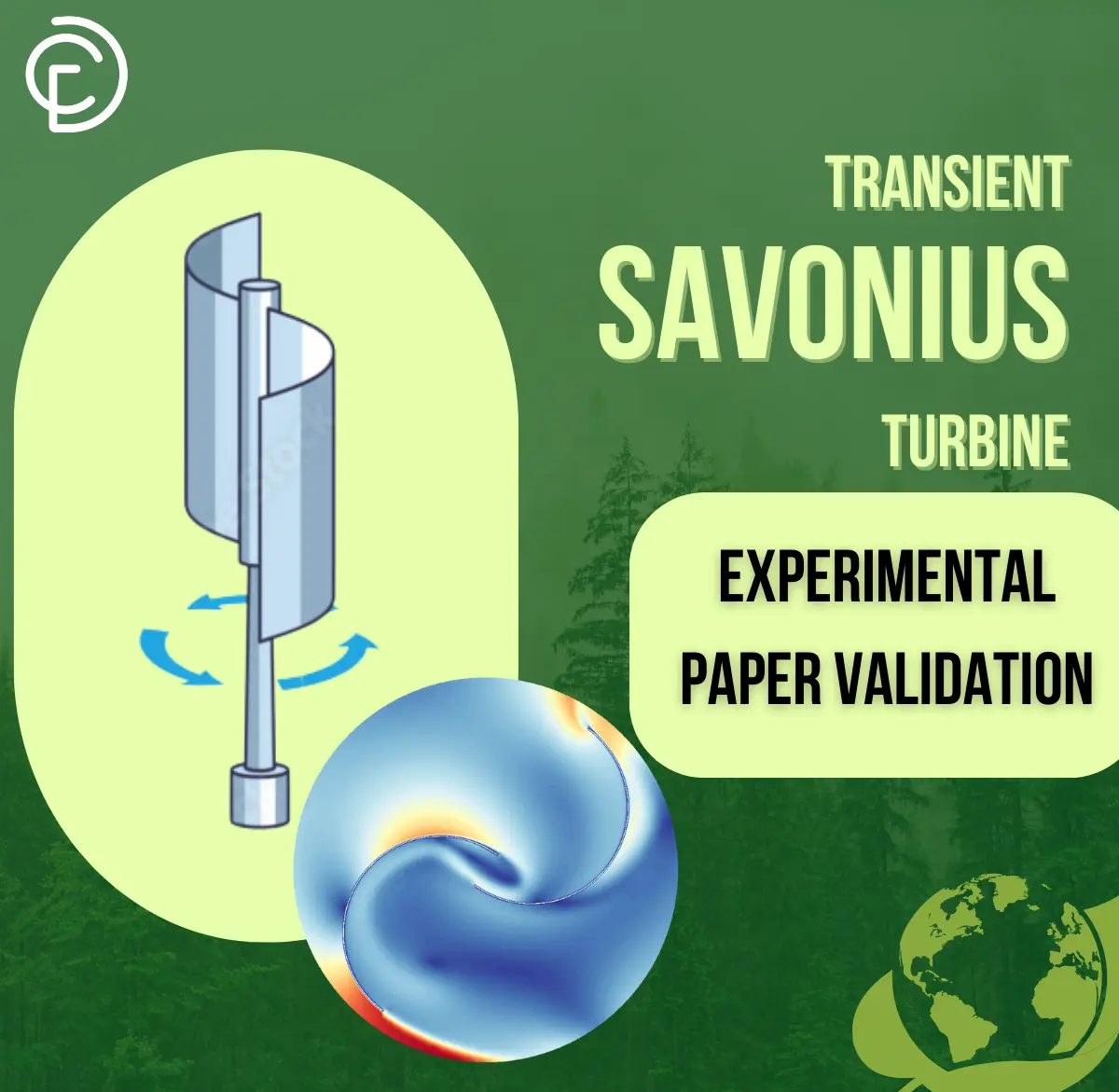
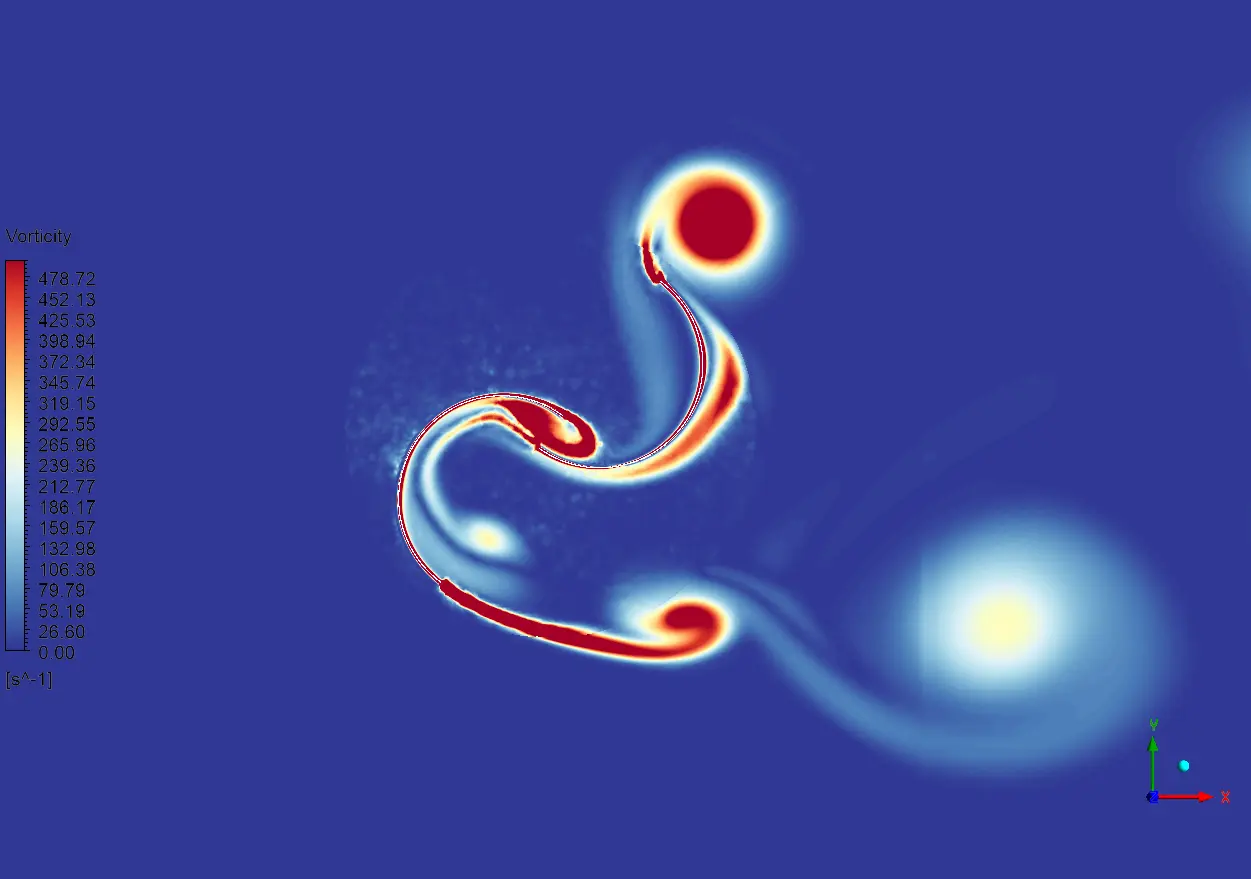
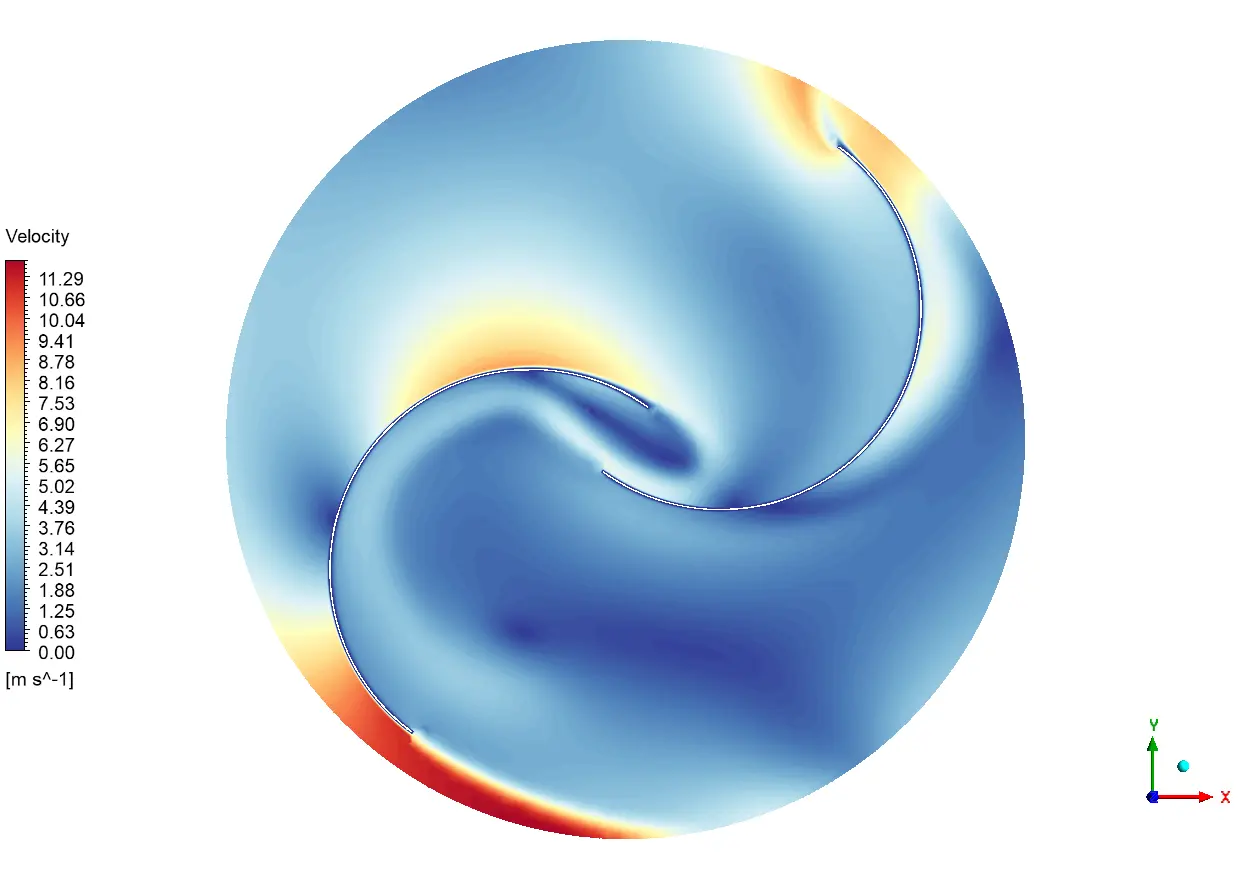
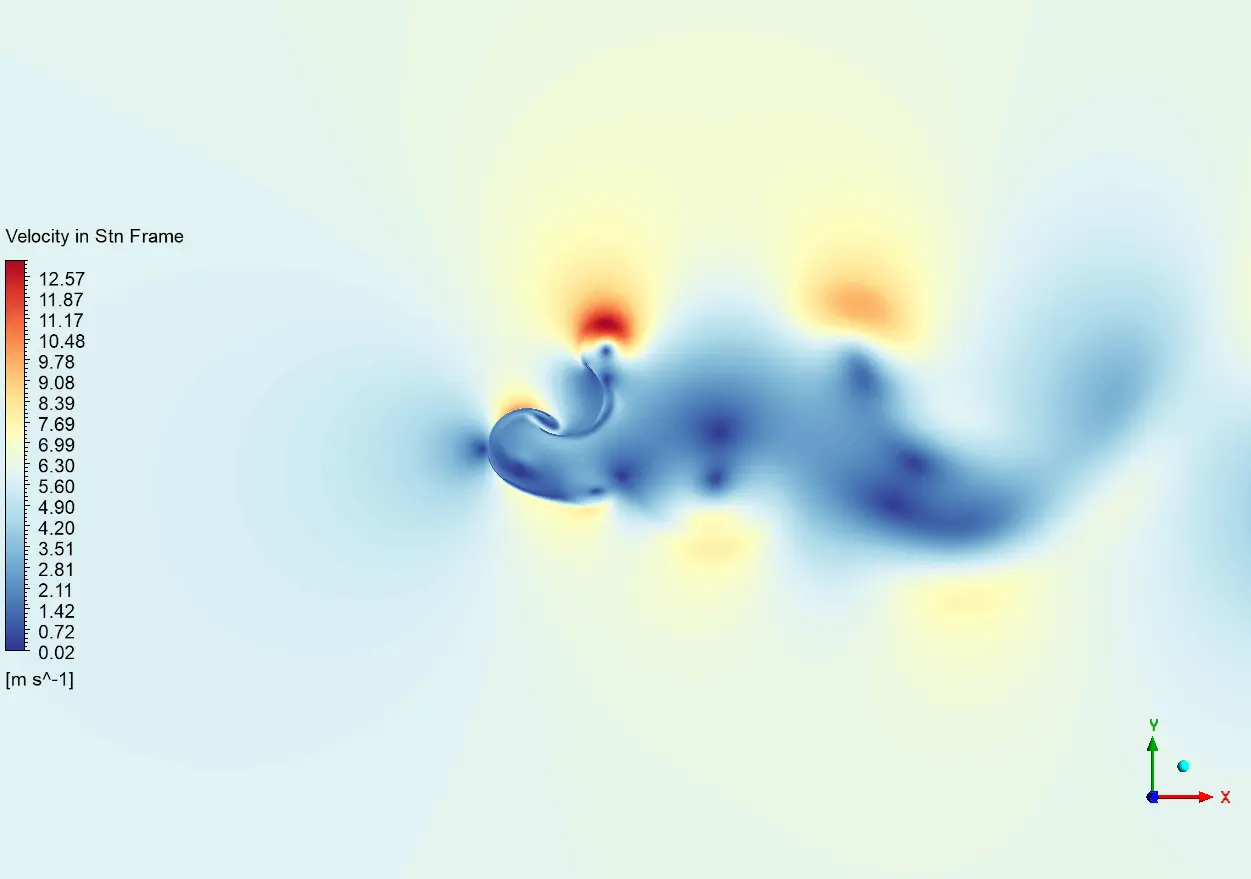
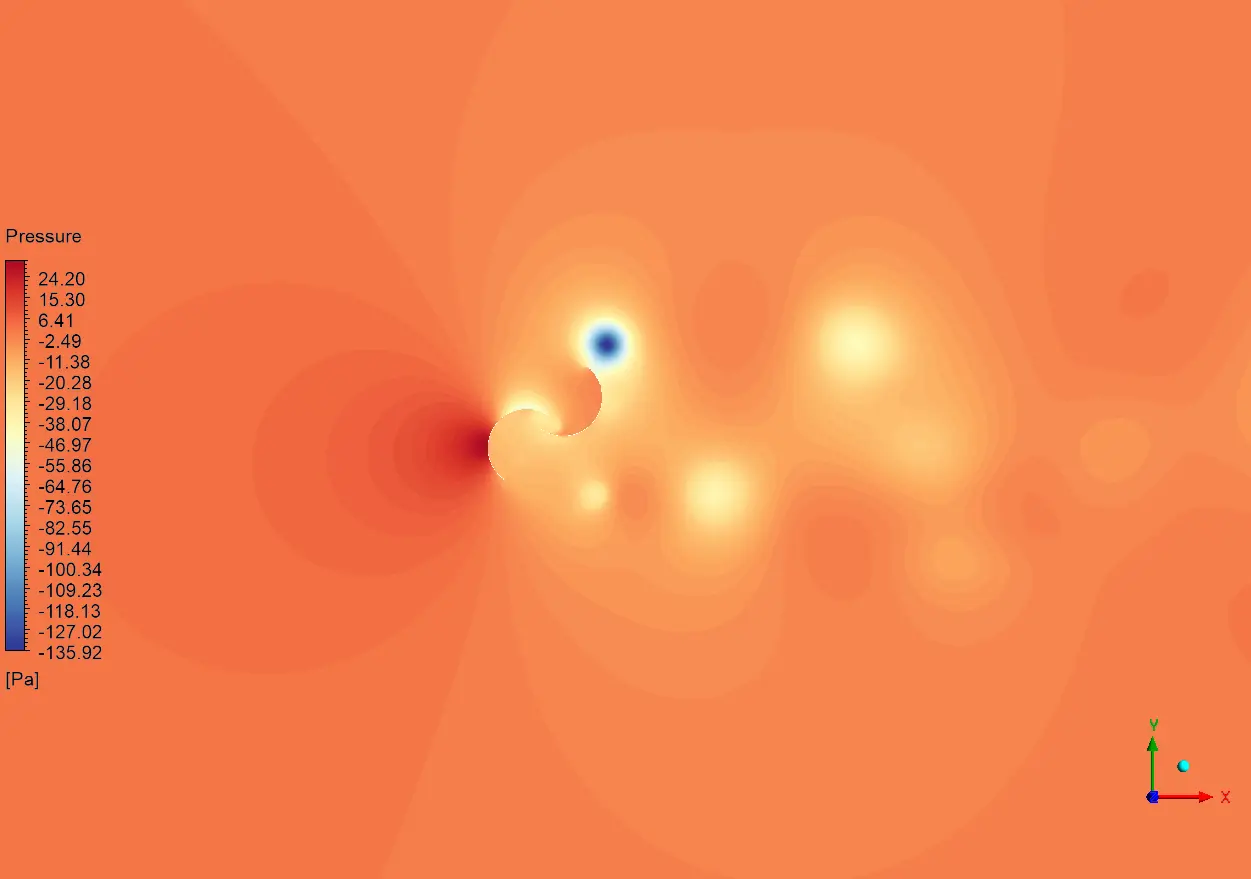
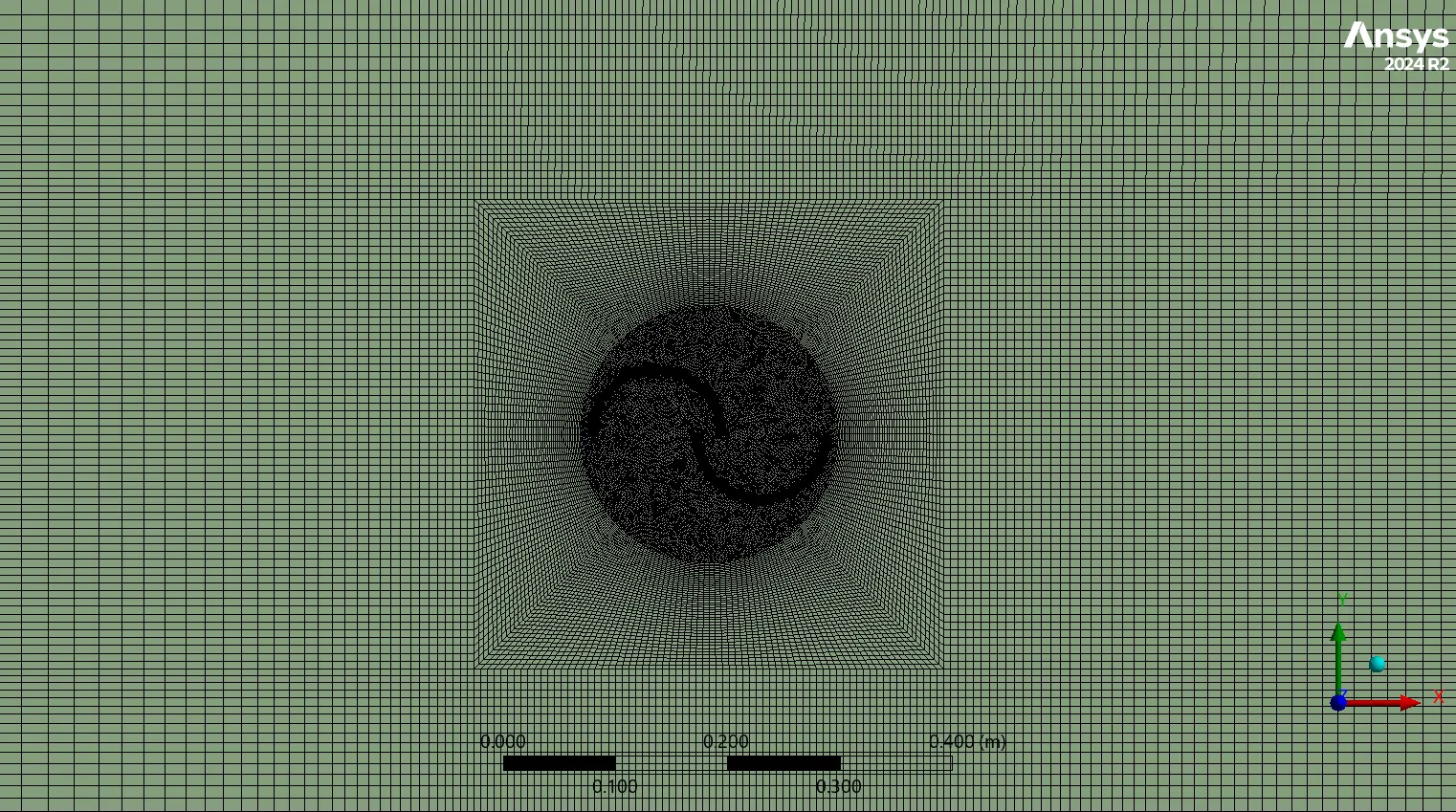
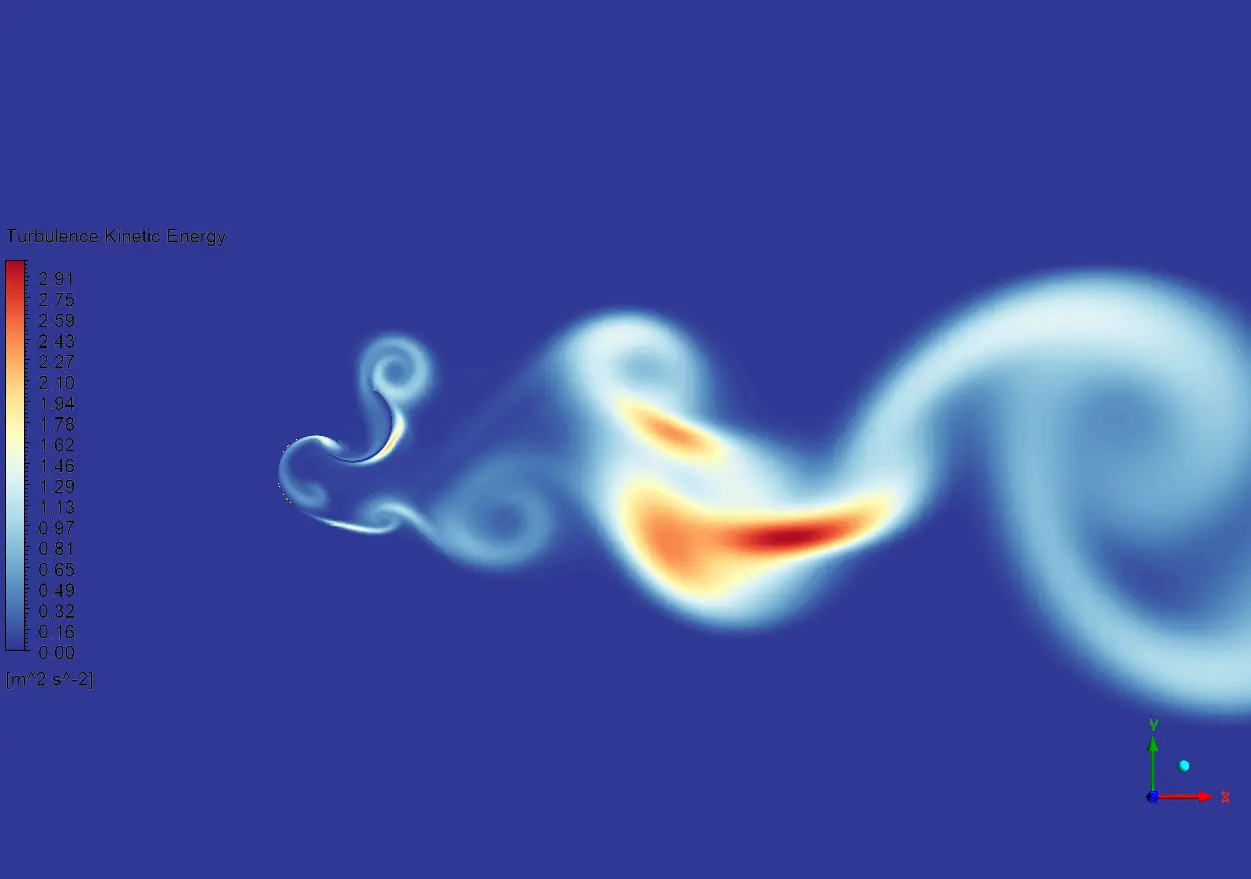
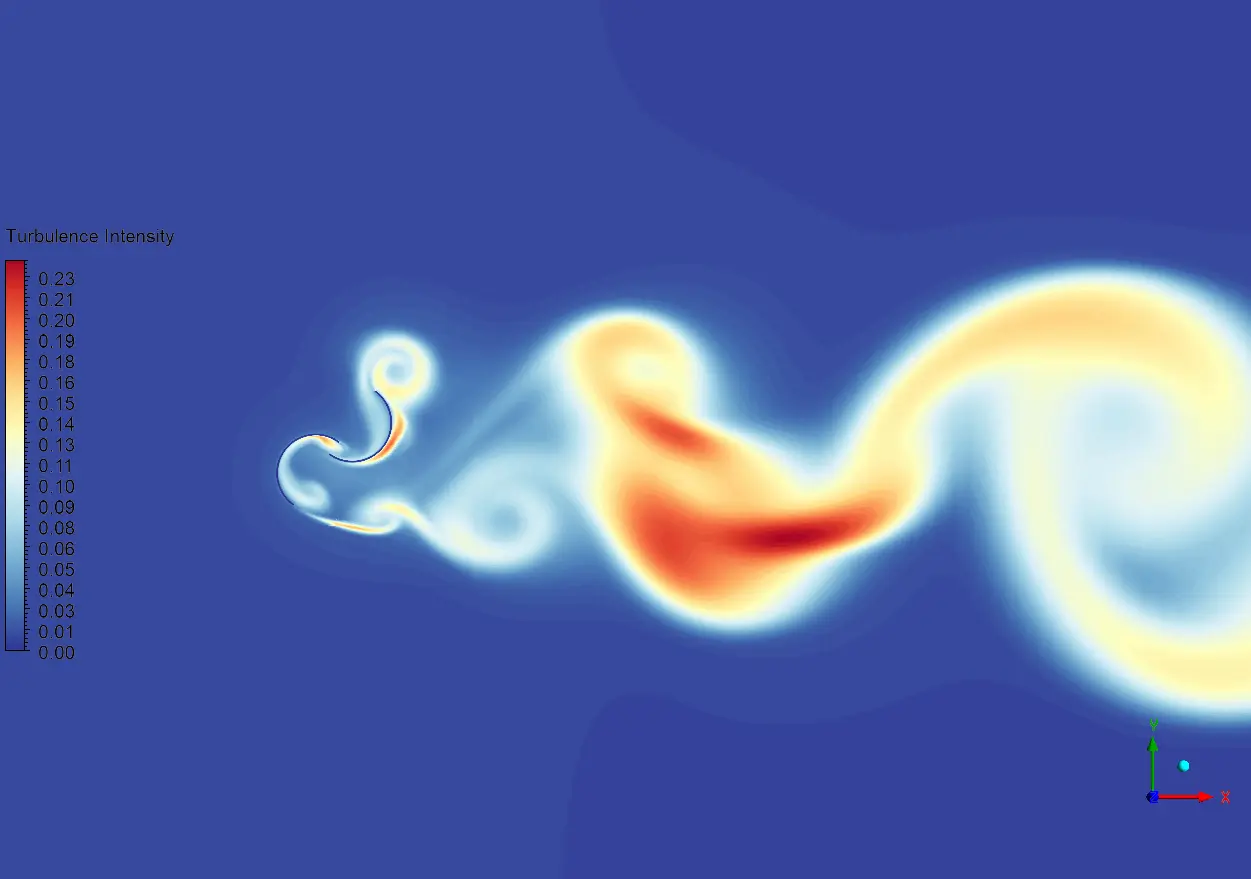
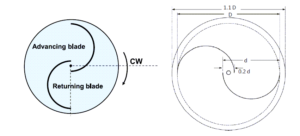
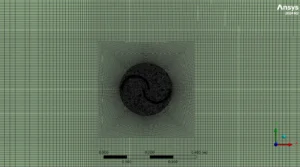
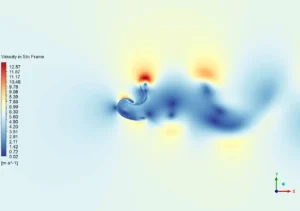





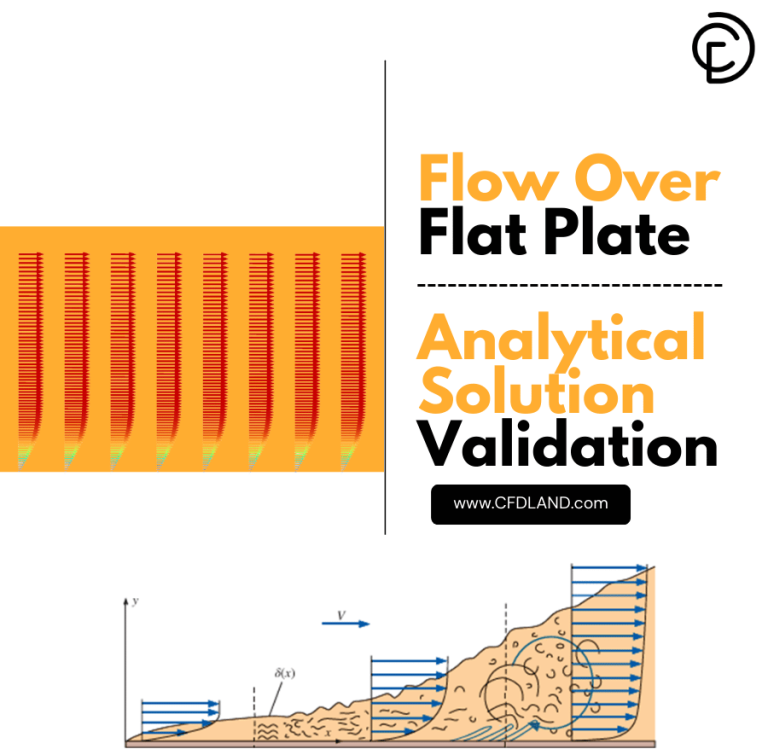
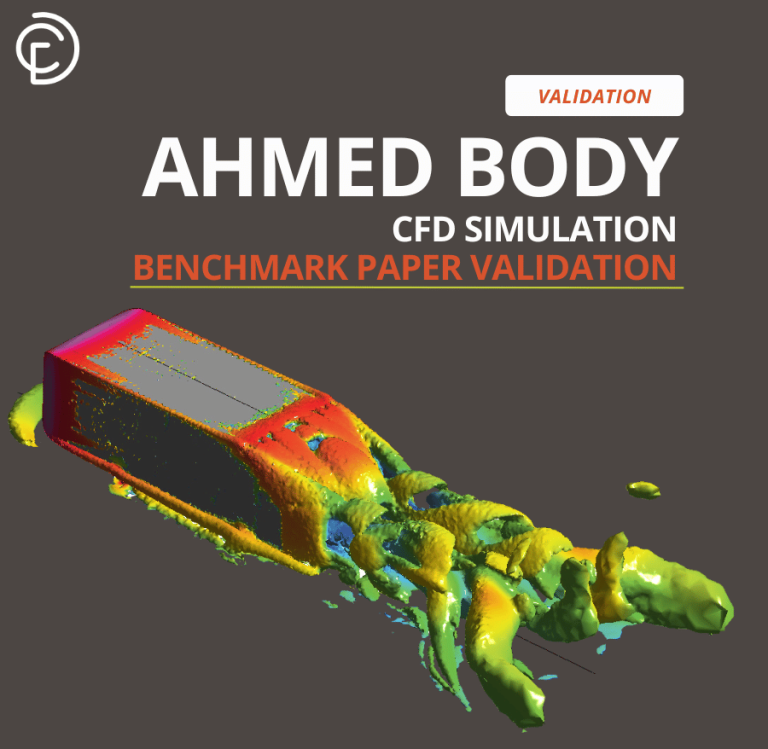

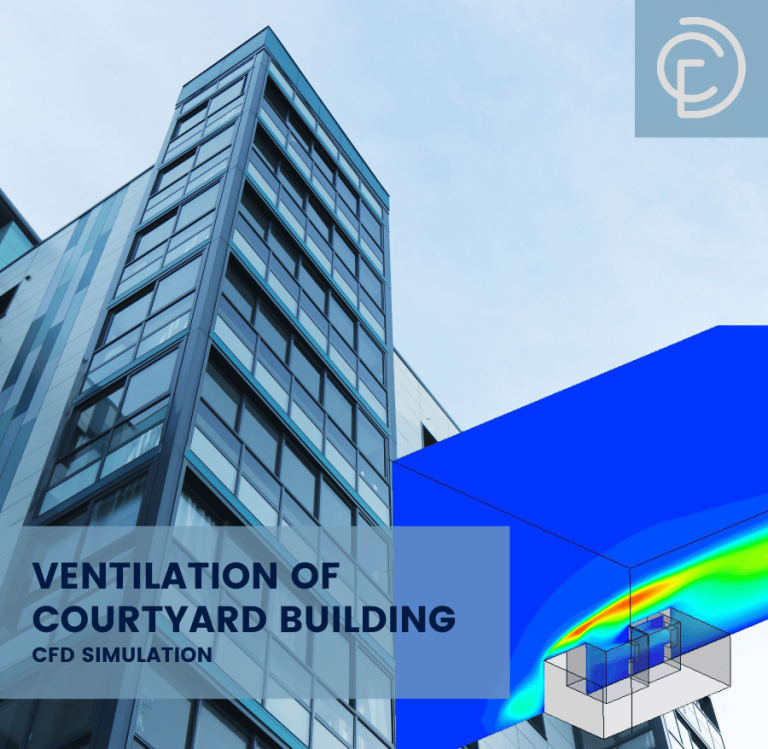
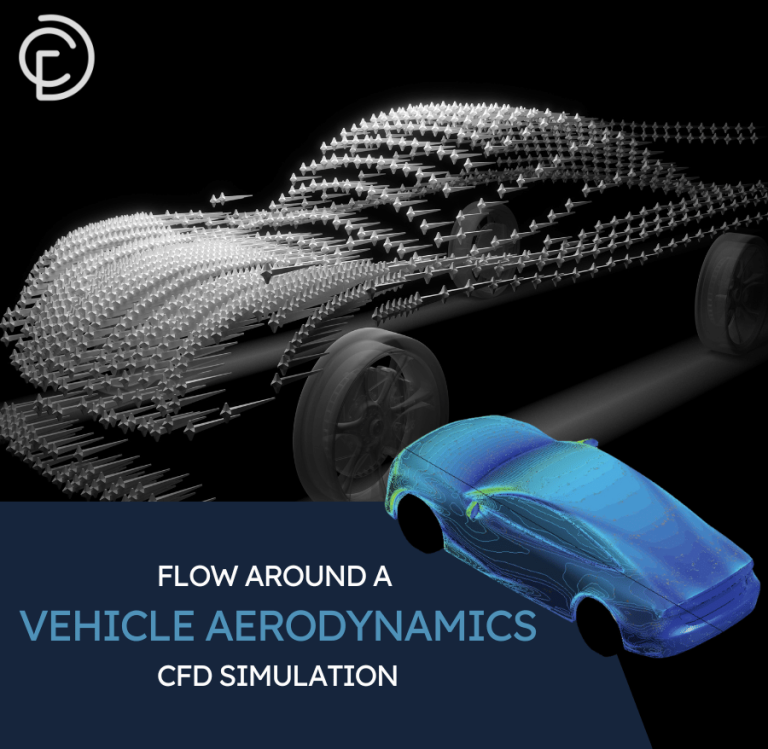
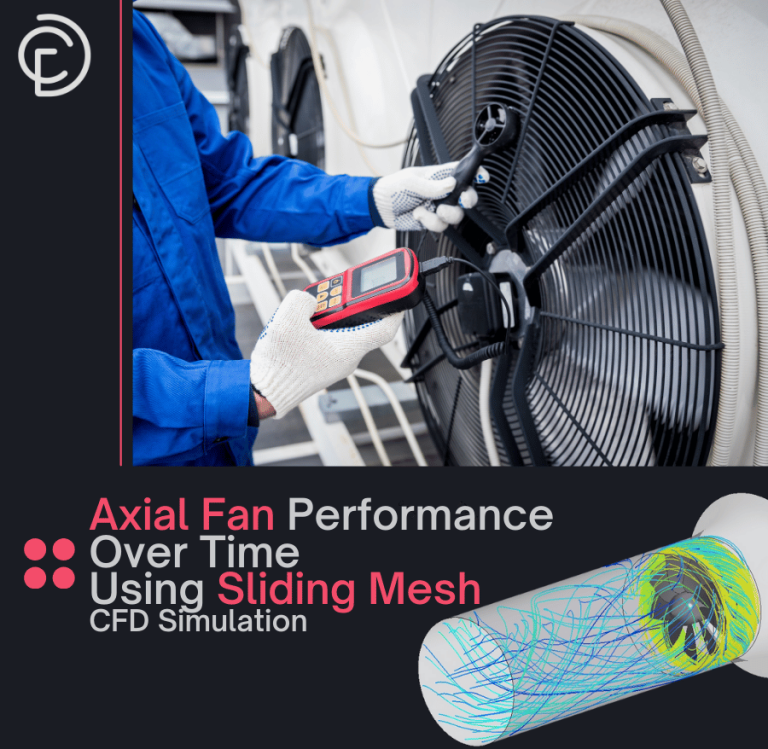
Reviews
There are no reviews yet.